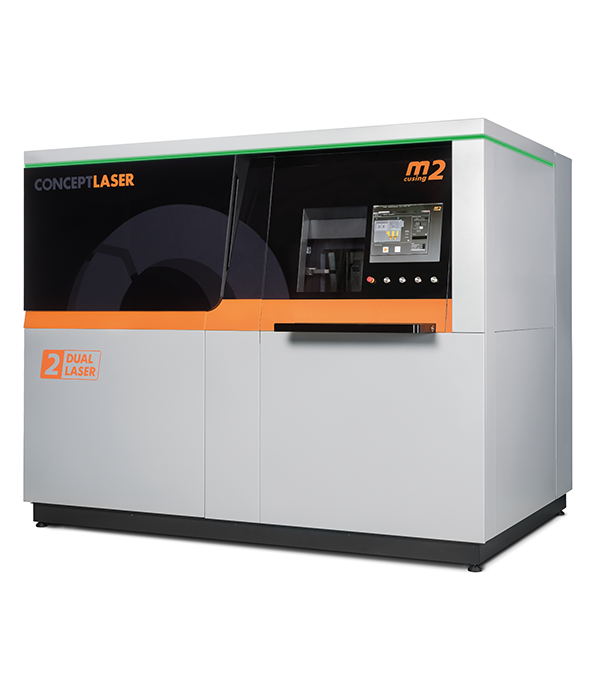GE Additive and GE Aviation have announced that the Federal Aviation Administration (FAA) has approved the first 3D printed parts to be installed in the GEnx-2B commercial airline engines.
The power door opening system (PDOS) brackets, will enter mass production this month at GE Aviation’s facility in Alabama, using GE Additive Concept Laser M2 cusing Multilaser machines.

3D printing in the GEnx
According to GE Aviation, the GEnx is the fastest-selling, high-thrust jet engine within the company’s history, with over 1,600 engines on order. The engine powers the four-engine Boeing 747-8 aircraft and offers an estimated 15% improved fuel efficiency and 15% less CO2 compared to GE’s CF6 engine.
The original PDOS brackets on the GEnx-2B engines, which are used on the ground to open and close the fan cowl doors, were produced from a solid block of metal and conventional milling. As a result of the approved ‘change in design’ from the FAA, direct metal laser melting (DMLM) will be implemented to additively manufacture the brackets, reducing material waste by 90%.

A “groundbreaking success”
The PDOS design has also been improved to reduce the bracket’s weight by 10% and to house all four brackets on a single build plate – producing an aircraft’s worth of brackets in one build. GE Aviation has also decided to mass produce the parts using a cobalt-chrome alloy from a traditional nickel-based superalloy to enable a faster build.
This in-house process is expected to reduce its production costs, improve performance and utilization, and deliver a more fuel-efficient commercial aircraft engine.
“It’s been outstanding to watch teams from GE Aviation, GE Additive across the US, Mexico and Germany collaborate. In such a short space of time, they have really excelled with the PDOS bracket and achieved a truly groundbreaking success,” said Jason Oliver, President & CEO, GE Additive.
“Seeing the M2 machines produce flight quality hardware, and demonstrating what it is truly capable of, is another great milestone in our own additive journey.”

Stay updated with the latest additive manufacturing news by subscribing to the 3D Printing Industry newsletter. Also, find us on Facebook and like us on Twitter.
Looking for jobs in engineering? Search open opportunities and apply with 3D Printing Jobs. You can also make a profile to advertise your latest vacancies.
Featured image shows the 3D printed Power Door Opening System (PDOS) brackets. Photo via GE Additive.


